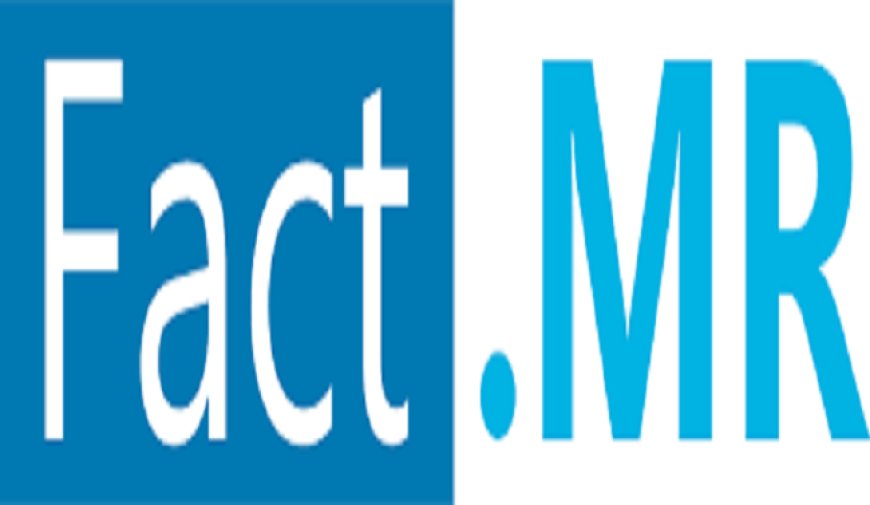Decreasing Detergent Manufacturing Use Linked to Water Pollution Concerns
The global Sodium Trimetaphosphate market is likely to register a CAGR growth rate of 5.4% during the projected period. The valuation of the said market is poised to reach US$ 65.8 million by the end of 2032 from US$ 38.9 million in 2022.

According to Fact.MR, the global Sodium Trimetaphosphate market is likely to register a CAGR growth rate of 5.4% during the projected period. The valuation of the said market is poised to reach US$ 65.8 million by the end of 2032 from US$ 38.9 million in 2022.
Miscellaneous Application Areas
Food Industry: STMP finds application as a starch modifier and as a stabilizing agent in the course of food processing for the enrichment of quality and shelf life of food products.
Water Treatment: This is an excellent modifier of pH in water treatment plants, to ensure the effectiveness and safety of treated water.
Pharmaceuticals: This demand is seen growing from the pharmaceutical industries, which use STMP for a number of applications, including drug formulation and stability.
Personal Care: STMP finds application in formulation composition for personal care and oral care products to impart performance and stability.
Industrial Applications: This product acts as a softening and buffering agent in a wide range of industries, thus proving to be a valuable constituent for any industrial process.
Environmental Considerations
Amidst all these applications, STMP has found its application in the manufacturing of detergents to a lesser extent due to its involvement in causing water pollution. This has been influenced by enhanced awareness about the environment and legislation for reducing pollution.
Growth Projections
Short-Term: The growing application of STMP in various industries is likely to drive the growth of the market in the short term.
Medium-Term: The contribution the compound makes to cosmetics and personal-care products for their stability will help in fuelling growth in the medium term.
Long-Term: The uses of STMP across various industries lessen risk and finally provide long-term, continuous growth to the market.
Key Players
Huaxing
ICL
Hubei Xingfa Chemical Group Co. Ltd
Innophos
Norwest Chemicals
Reephos Chemical Co., Ltd
Regional Insights
The demand for food-grade STMP in North America is expected to increase at a CAGR of 4.3% to US$ 18.63 million by 2034.
Germany leads in wastewater management, with around 80-90% of the wastewater from private sources and residential areas under treatment. The huge investment running into billions of Euros is the indicator of how seriously the country attaches itself to the mission of meeting growing clean water demands and efficient wastewater solutions. Not only this massive investment in wastewater management plants will serve environmental purposes, but also create demand for STMP. STMP play a key role in the treatment of wastewater; this further enhances their use and demand in the advanced water treatment setup of Germany.
In a nutshell, the growth rate and outlook of the STMP market have far-reaching factors of diversity in its applications, industry requirements, and ecological consciousness. This is crucial information for a CXO sitting at the helm of the company to be privy to for strategic decision-making purposes.
Competitive Landscape
The firms have made major development of grades due to the expanding number of applications. They can explore new areas of application only due to the fact that major expenditures are incurred in the starch end-use market; for example, in starch modification.
Most producers reduce the price of their commodities. Other stakeholders, especially in rich countries, however, are introducing tactics meant to prefer quality products which are stronger and more durable. The moves are conducive to expanding the market and making generous returns to producers.












